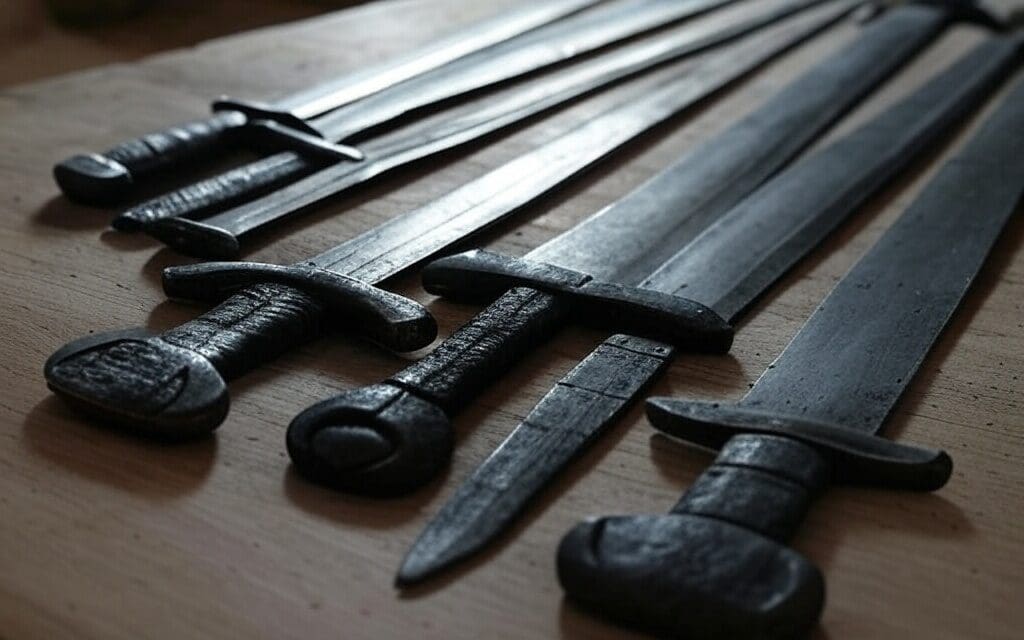This is an Analysis from GROK 3.0 about the claim that The Book of Mormon is not historical because of the so-called anachronism of “steel” in the book of mormon. Grok brought up the subject when talking with it about The Book of Mormon criticisms, so I asked a couple follow up questions.
If Lehi’s group left Jerusalem around 600 BC, they’d have come from a world where metalworking was well established. The Old World—specifically the Near East—had iron and even early forms of steel by then. The Philistines and Hittites were smelting iron centuries earlier, and by the late Iron Age, carburized iron (basically proto-steel) was showing up in weapons like swords and daggers. Archaeologists have found examples, like the iron swords from Canaanite sites or the Luristan bronzes, that show advanced metallurgy. So, it’s totally plausible that Nephi and company could’ve brought steel or steel-like weapons with them when they crossed the ocean. The text mentions Nephi’s bow of “fine steel” (1 Nephi 16:18), which could nod to something like a composite bow with metal reinforcement—a known tech in the ancient Near East.
Once they’re in the Americas, though, making more “steel” gets dicier. They wouldn’t have had the infrastructure—forges, charcoal, the whole setup—to replicate Old World steel production. But they didn’t need to be metallurgical experts. If they brought knowledge of hardening metal or even just kept using the term “steel” for something close enough—like a tough iron alloy or a well-crafted weapon—it could stick in their language. Ancient peoples often reused familiar terms for new realities. The Hebrew word barzel (iron) in the Old Testament sometimes covers a range of hard metals, not just pure iron. So, calling a weapon “steel” in the Nephite record might’ve been a practical carryover, not a technical spec sheet.
Then there’s Joseph Smith’s role. Translating an ancient text into 1820s English, he’s got to bridge a huge gap. “Steel” in his day meant a strong, sharp metal—close enough to what an ancient weapon might’ve been, even if the original term was vaguer. The Book of Mormon itself says it’s written in “reformed Egyptian” and abridged by Mormon, then rendered into English via Smith’s process. If the plates said something like “hard metal sword” in a script Nephi adapted from Hebrew or Egyptian, Smith might’ve picked “steel” to convey the idea to his audience. It’s like how the King James Bible uses “brass” for what we’d now call bronze—translation isn’t always literal, it’s interpretive.
This angle dodges the anachronism trap pretty neatly. No need for blast furnaces in Mesoamerica—just a group of exiles carrying Old World tech and terminology, filtered through a 19th-century lens. It’s not proof, but it’s a coherent explanation. Critics might still say it’s convenient, but it fits the text’s own logic.
GROK 3 ON THE SO-CALLED "STEEL" ANACRONISIM:
— Travi𝕏 (@tkddroid) February 28, 2025
If Lehi’s group left Jerusalem around 600 BC, they’d have come from a world where metalworking was well established. The Old World—specifically the Near East—had iron and even early forms of steel by then. The Philistines and Hittites…






